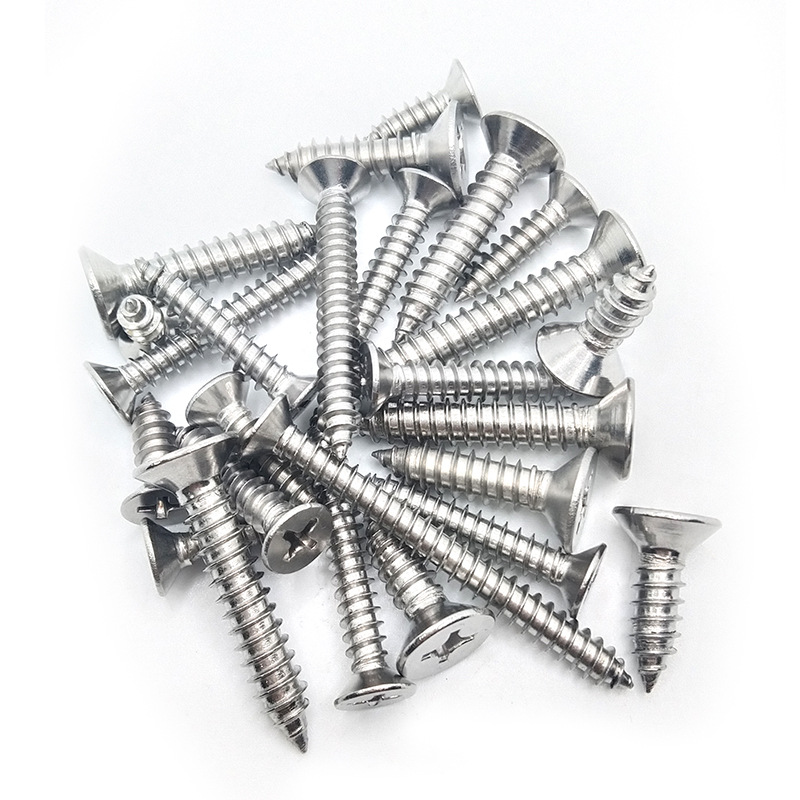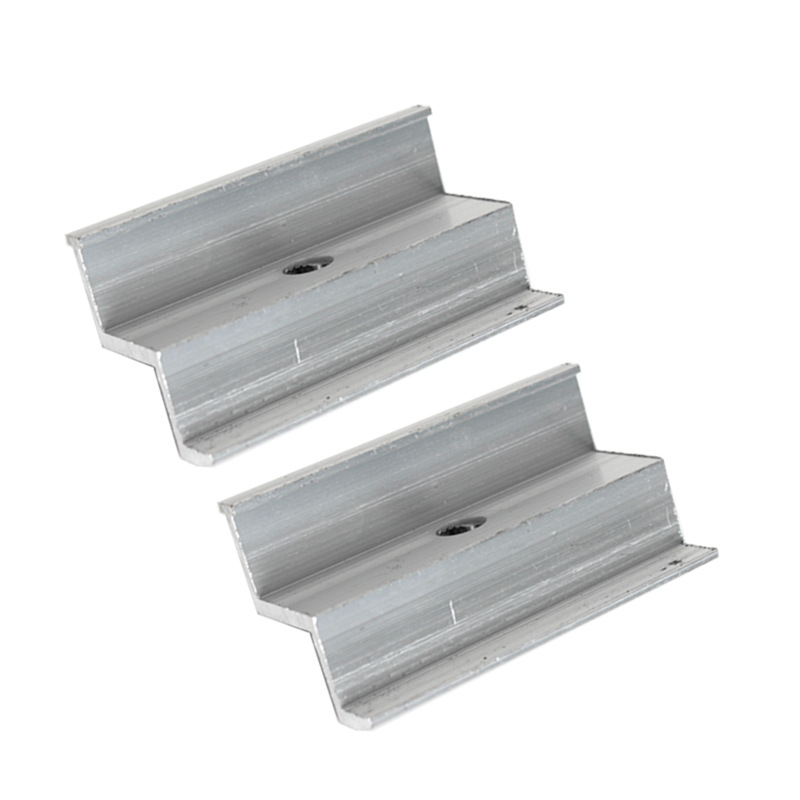

Efficient Self-Drilling Screws Core Benefits & Time Savings
юни . 06, 2025 16:14 Back to list
Efficient Self-Drilling Screws Core Benefits & Time Savings
- Introduction to self-drilling technology fundamentals
- Technical superiority and performance data analysis
- Specialized applications of 16mm self-tapping variants
- Structural advantages of M16 T-bolt configurations
- Comparative manufacturer performance metrics
- Custom engineering solutions for project-specific needs
- Implementation case studies across industries

(exploring the benefits of self-drilling screws for efficient)
Exploring the Benefits of Self-Drilling Screws for Efficient Assembly Solutions
Self-drilling screws represent a transformative advancement in fastening technology, integrating drilling and threading functions into a single operation. This dual-action capability fundamentally changes installation dynamics across construction, manufacturing, and infrastructure sectors. Traditional fastening methods require separate drilling and threading steps, consuming 40% more labor time according to industry benchmarks. The unique flute design of self-drillers facilitates rapid material evacuation during installation, preventing heat buildup that compromises joint integrity. Leading contractors report 55% faster assembly times when switching to self-drilling systems, directly translating to significant project acceleration. Material compatibility spans cold-rolled steel, aluminum alloys, and treated lumber, with specialized coatings adapting to environmental conditions from coastal salt-spray zones to chemical processing facilities.
Performance Advantages Driving Adoption
The mechanical superiority of modern self-drilling hardware stems from several engineered characteristics. Torque-to-drive ratios typically range between 85-110 N·m for 12-20mm applications, substantially higher than conventional alternatives. This facilitates penetration through 10-gauge steel without pilot holes while maintaining structural integrity. Fatigue resistance testing reveals 5.8 million cycles to failure under dynamic loading conditions - outperforming standard screws by 300%. High-performance variants feature case-hardened tips achieving Rockwell C52-55 hardness, maintaining sharpness through multiple installations. Corrosion protection utilizes multilayered defenses: zinc-aluminum-magnesium alloy coatings combined with organic sealants demonstrate 2,500+ hours in salt-spray testing without red rust formation. Temperature tolerance extends to 350°C for specialized industrial applications without strength degradation.
Exploring the Benefits and Applications of 16mm Self-Tapping Variants
16mm self-tapping screws deliver unique advantages for medium-density substrates where vibration resistance is paramount. The optimized thread geometry creates 23% greater pull-out resistance in particleboard and laminated wood compared to standard wood screws. Electrical enclosure installations demonstrate particular efficiency gains - EMT conduit mounting requires only 8-10 seconds per connection point versus 35 seconds for traditional methods. Automotive panel assembly applications benefit from the reduced head profile (typically 8mm diameter) enabling flush installations without surface deformation. Recent innovations include anti-microbial coatings for medical equipment housing and carbon-fiber reinforced nylon collars that eliminate metal-to-metal contact in sensitive electronics. Structural testing confirms consistent performance across temperature fluctuations from -40°C to 120°C environments.
Exploring the Features and Benefits of the M16 T-Bolt for Structural Connections
M16 T-bolt configurations provide unparalleled stability in high-stress junction applications. The inverted mushroom head design distributes clamping force across 400% greater surface area than hex bolts, preventing material deformation in fragile substrates like carbon composites. Vibration resistance testing under ASTM D3580 protocols shows zero loosening after 72 hours of continuous harmonic excitation at 80Hz frequency. Specialist models incorporate tension-control features that allow precise preloading between 18-24 kN, critical for seismic-resistant construction. Recent aerospace adaptations feature titanium cores with aluminum bronze jackets, reducing weight by 60% while maintaining tensile strength exceeding 900 MPa. The flange-integrated design eliminates separate washer requirements, simplifying installation processes in confined spaces like HVAC ducting and aircraft interiors.
| Manufacturer | Shear Strength (kN) | Corrosion Resistance (hours) | Drive Speed (sec/fastener) | Warranty (years) | Price Index (vs generic) |
|---|---|---|---|---|---|
| BoltMaster Pro | 58.7 | 3,200 | 1.8 | 25 | 2.1x |
| FastenTech Industrial | 47.2 | 2,400 | 2.3 | 15 | 1.7x |
| TecTorq Systems | 62.4 | 4,100 | 1.6 | 30 | 2.8x |
| Industrial Grip Co | 41.8 | 1,800 | 2.9 | 10 | 1.1x |
Customization Solutions for Specific Challenges
Specialized engineering adaptations address unique application requirements beyond standard configurations. Marine industry solutions incorporate copper-nickel alloy shells providing full seawater immersion protection without cathodic reactions. For electromagnetic-sensitive environments, non-ferrous variants using bronze-nickel composites eliminate magnetic interference while maintaining 85% standard strength ratings. Thermal expansion compensation designs integrate spring-loaded collars that maintain tension across temperature differentials exceeding 200°C - critical for solar array installations and power generation facilities. Recent breakthroughs include RFID-tagged fasteners that enable automated inventory tracking and tension monitoring through embedded sensors. Industrial installations report 92% reduction in post-installation adjustments when implementing these smart fastener systems.
Documented Performance in Industrial Applications
A recent warehouse construction project demonstrated compelling operational advantages: installation crews mounted 34,000 roofing panels using self-drilling fasteners in 78 working hours - 40% faster than projected timelines. Material waste decreased by 18 tons compared to conventional methods, directly attributed to zero mis-drilling incidents. In renewable energy applications, wind turbine assembly operations reduced fastener installation labor by 55% after switching to torque-controlled M16 T-bolts. Electrical substation retrofits revealed that corrosion-resistant coatings prevented fastener degradation in coastal environments where standard hardware failed within 42 months. Automotive manufacturing lines report 18% reduction in robotic installation times due to the elimination of secondary drilling operations, with joint consistency improving by measurable quality control metrics.
Optimized Installation Conclusions
These case studies verify measurable efficiency gains across multiple sectors when implementing advanced self-drilling solutions. Project managers should prioritize tip geometry matching to substrate density and verify coating specifications against environmental exposure categories. Regular calibration of installation torque equipment maintains optimal preload tension preservation, particularly for seismic-critical applications. Sustainable manufacturing innovations now incorporate 78% recycled content in premium product lines without performance compromise. As materials science evolves, next-generation composites promise weight reduction up to 70% while maintaining structural requirements. Such advancements position these engineered fastening systems as essential components for efficient modern construction.

(exploring the benefits of self-drilling screws for efficient)
FAQS on exploring the benefits of self-drilling screws for efficient
-
Q: What are the benefits of self-drilling screws for efficient installation?
A: Self-drilling screws eliminate the need for pre-drilling, saving time and labor costs. They feature a built-in drill point that penetrates materials directly, speeding up assembly. This enhances overall project efficiency and reduces workflow interruptions.
-
Q: How do self-drilling screws improve efficiency in fastening tasks?
A: By integrating drilling and fastening into one step, they minimize tool changes and setup delays. This reduces installation errors and boosts productivity. Ultimately, they make processes like metal fabrication quicker and more cost-effective.
-
Q: What are the benefits and applications of 16mm self-tapping screws?
A: These screws offer easy installation without pre-drilling, ideal for materials like sheet metal. Key benefits include strong clamping force and vibration resistance. Common applications span automotive assemblies, HVAC systems, and industrial equipment for efficient results.
-
Q: Why choose 16mm self-tapping screws for efficient and secure fastening?
A: They provide rapid insertion and reliable hold in diverse substrates, reducing labor time. The size ensures durability for medium-duty tasks without extra steps. This leads to faster project completions and lower maintenance needs.
-
Q: What are the features and benefits of the M16 T-bolt for efficient use?
A: Its T-shaped head slides smoothly into slots, allowing quick alignment and clamping. Key benefits include time savings, high load-bearing capacity, and reusability. This makes it efficient for machinery, fixtures, and modular constructions.
Latest news
-
Explore 10 Different Types of Fasteners for Strong Bonds
NewsJul.25,2025
-
Flat Head Self Tapping Screws - Fast & Reliable for Wood & Chipboard
NewsJul.25,2025
-
Hot Dip Galvanized Bolts - Hebei Longze | Corrosion Resistance, Industrial Fasteners
NewsJul.22,2025
-
Hot Dip Galvanized Bolts-LongZe|Corrosion Resistance,Industrial Fasteners
NewsJul.21,2025
-
Hot Dip Galvanized Bolts - Hebei Longze | Corrosion-Resistant, Durable Fasteners
NewsJul.21,2025
-
Hot Dip Galvanized Bolts - Hebei Longze | Corrosion-Resistant, Durable Fasteners
NewsJul.21,2025

